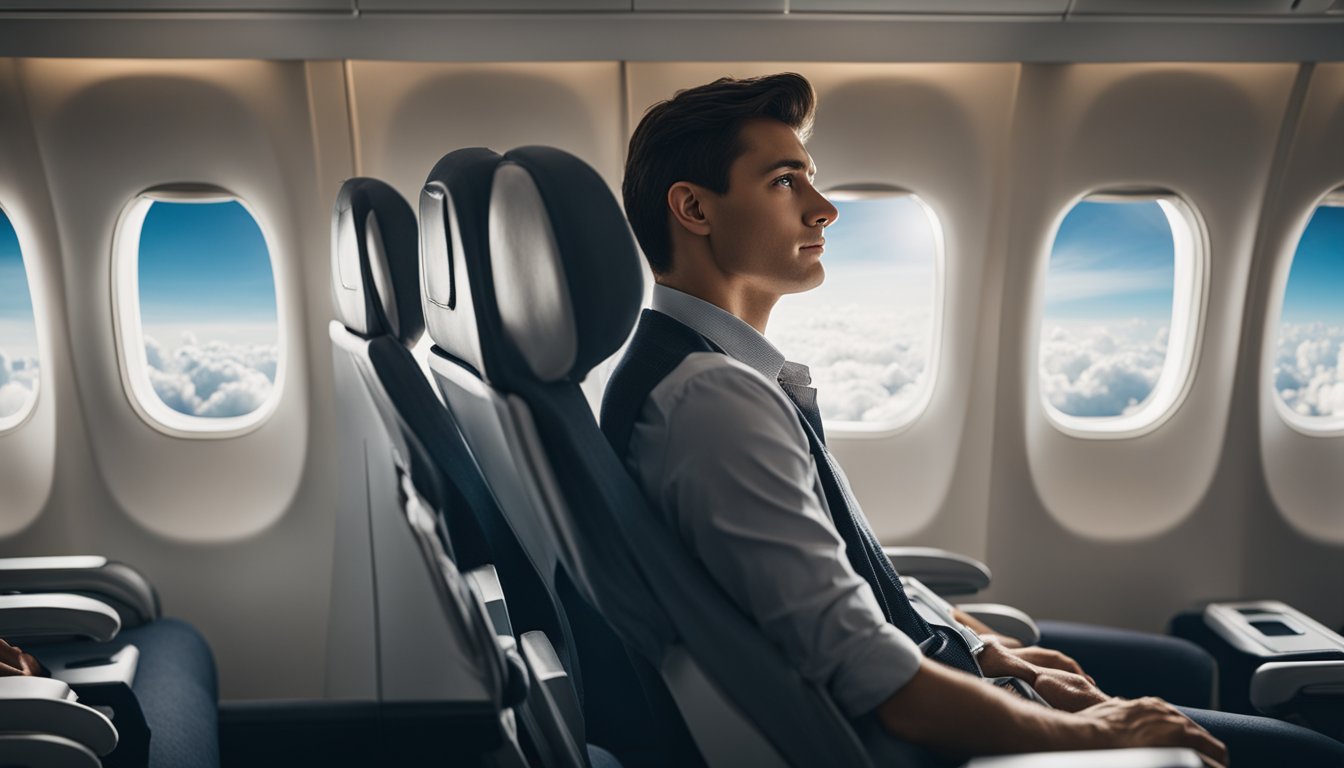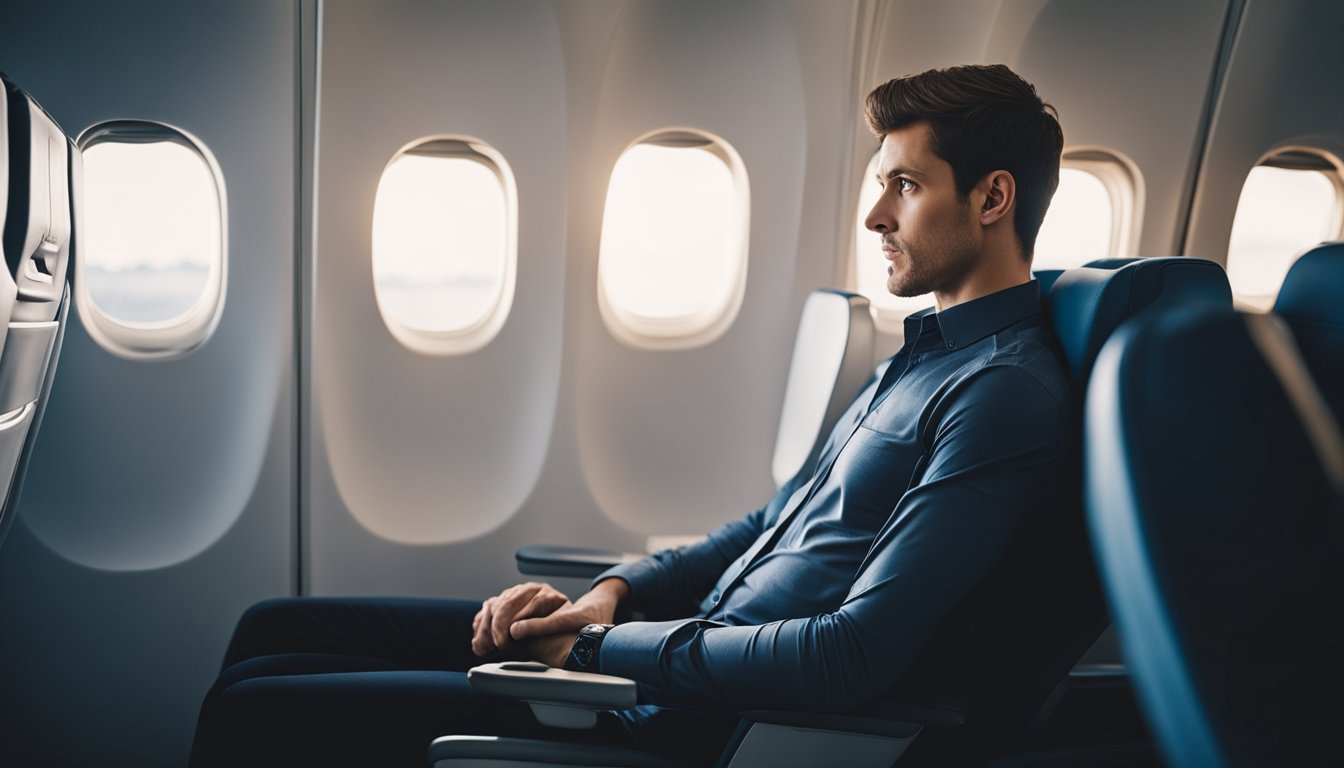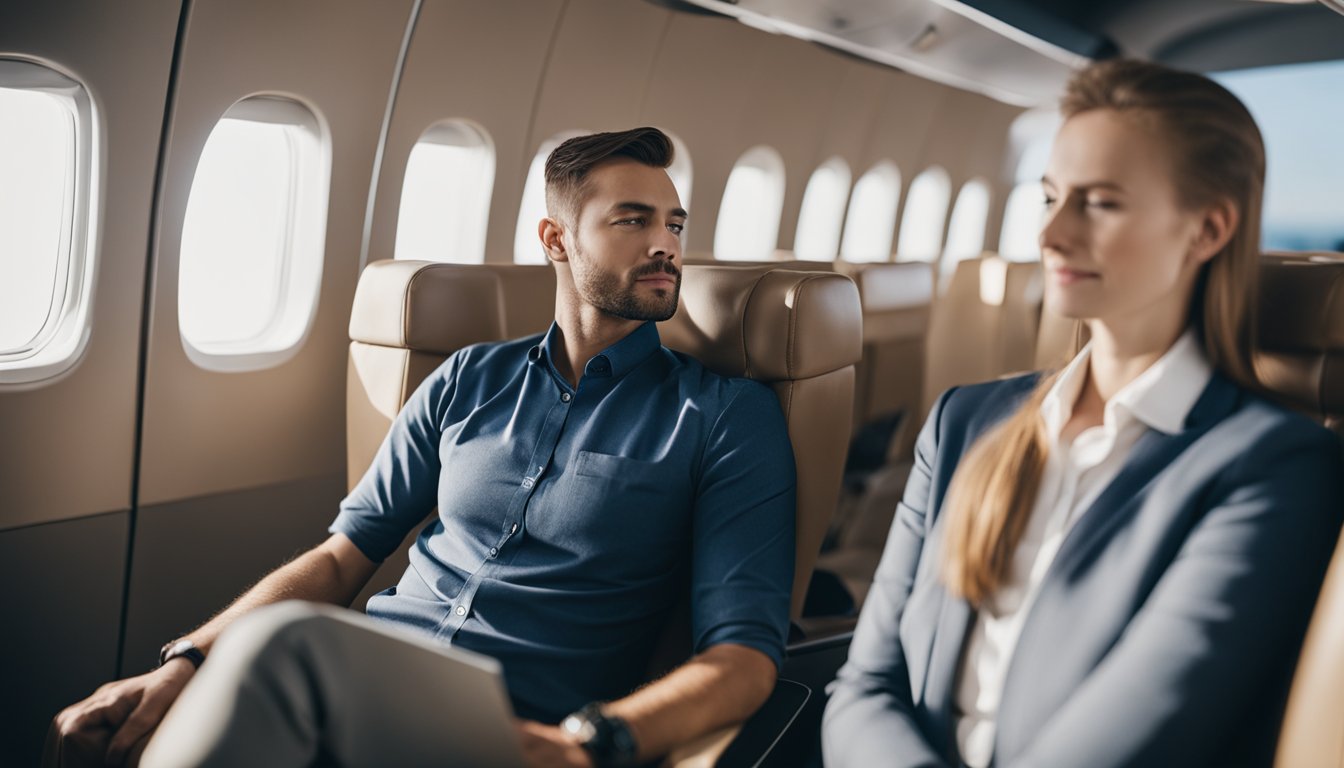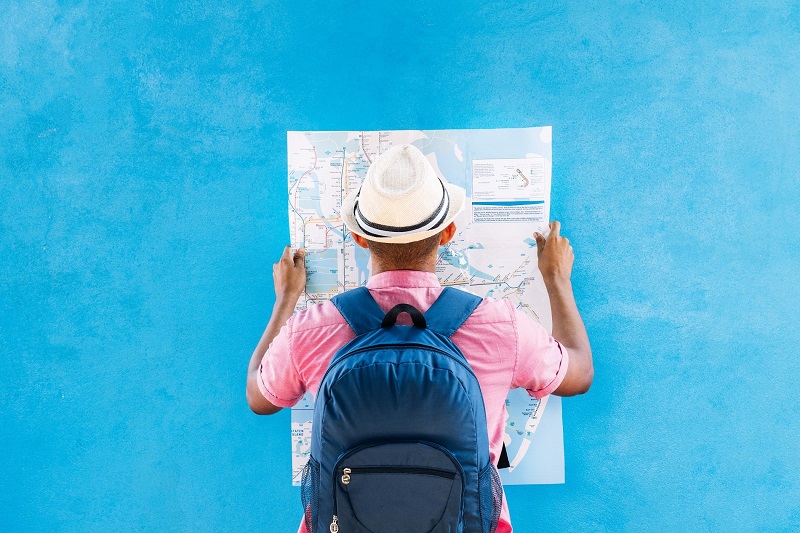Many people experience anxiety or fear when it comes to flying. This fear of flying, also known as aviophobia, can be a significant obstacle for those who want to travel by air. The fear can range from mild discomfort to a full-blown panic attack, making it difficult for individuals to travel by air for work or leisure.

The psychology of fear of flying is a complex topic that involves a combination of various factors. These factors can include past experiences, personality traits, and even genetics. Understanding the root causes of aviophobia is crucial to help individuals overcome their fear and enable them to travel without anxiety. In this article, we will explore the psychology of fear of flying and provide tips on how to overcome this common phobia.
Understanding Fear of Flying

Flying is a common mode of transportation, but for some individuals, it can be a source of anxiety and fear. Fear of flying, also known as aviophobia, affects millions of people worldwide. Understanding the psychological and physiological roots of this fear can help individuals overcome their anxiety and enjoy air travel.
Psychological Roots of the Fear
Fear of flying is often rooted in psychological factors such as past traumatic experiences, anxiety disorders, or phobias. Individuals who have experienced a traumatic event, such as a plane crash or severe turbulence, may develop a fear of flying. Anxiety disorders, such as generalized anxiety disorder or panic disorder, can also contribute to a fear of flying. Additionally, individuals with specific phobias, such as claustrophobia or acrophobia, may experience heightened anxiety when flying.
Physiological Responses to Flying
The fear of flying can also trigger physiological responses in individuals. These responses can include increased heart rate, sweating, and shortness of breath. These symptoms can be uncomfortable and distressing, and may further contribute to an individual’s fear of flying.
Common Myths and Misconceptions
There are several common myths and misconceptions surrounding air travel that can contribute to a fear of flying. These include beliefs that turbulence is dangerous, that planes are more likely to crash than other forms of transportation, and that flying is not a natural way of traveling. However, these beliefs are largely unfounded. Air travel is statistically one of the safest modes of transportation, and turbulence is a normal and expected part of flying.
By understanding the psychological and physiological roots of fear of flying, individuals can begin to overcome their anxiety and enjoy air travel. It is important to recognize that fear of flying is a common experience and that there are effective treatments available, such as cognitive-behavioral therapy and exposure therapy. With the right support and resources, individuals can overcome their fear of flying and experience the benefits of air travel.
Cognitive-Behavioral Approaches

Cognitive Restructuring Techniques
Cognitive restructuring techniques are designed to help individuals identify and challenge negative thoughts that contribute to their fear of flying. The goal is to replace these negative thoughts with more positive, realistic ones. This can be done through a variety of techniques, such as:
- Thought stopping: This technique involves interrupting negative thoughts by saying “stop” or visualizing a stop sign.
- Reframing: This involves looking at the situation from a different perspective. For example, instead of thinking “I’m going to crash,” one could reframe the thought to “I’m safe and in good hands with the pilot.”
- Positive self-talk: This involves replacing negative thoughts with positive ones. For example, instead of thinking “I’m going to die,” one could say “I’m going to make it through this flight just fine.”
Exposure Therapy Principles
Exposure therapy is a type of cognitive-behavioral therapy that involves gradually exposing individuals to the situations or objects that they fear. In the case of fear of flying, this might involve exposure to airplanes, airports, or even just the thought of flying. The goal of exposure therapy is to help individuals gradually become desensitized to their fear.
There are several principles of exposure therapy that are important to keep in mind:
- Start small: It’s important to start with exposure to situations or objects that are only mildly anxiety-provoking before moving on to more intense exposures.
- Gradual exposure: Exposures should be gradually increased in intensity over time.
- Reinforcement: Positive reinforcement should be used to encourage individuals to continue with exposure therapy.
- Coping skills: Individuals should be taught coping skills, such as relaxation techniques, to help them manage their anxiety during exposure.
Relaxation and Mindfulness Strategies

Breathing Exercises for In-Flight Anxiety
Deep breathing exercises are an effective way to reduce anxiety and promote relaxation. When feeling anxious during a flight, individuals can try the following breathing exercise:
- Inhale slowly through the nose for a count of four.
- Hold the breath for a count of seven.
- Exhale slowly through the mouth for a count of eight.
This exercise can be repeated several times until the individual feels more relaxed. It is important to focus on the breath and not let the mind wander.
Mindfulness Meditation Practices
Mindfulness meditation involves focusing on the present moment and being aware of one’s thoughts and feelings without judgment. This practice can be helpful in reducing anxiety and promoting relaxation during a flight.
One mindfulness practice that can be done during a flight is a body scan meditation. This involves focusing on each part of the body, starting from the toes and moving up to the head, and noticing any sensations or tension. This practice can help individuals become more aware of their body and release any tension or discomfort.
Another mindfulness practice that can be done during a flight is a visualization meditation. This involves imagining a peaceful scene, such as a beach or a forest, and focusing on the details of the scene. This practice can help individuals relax and distract their mind from any anxious thoughts.
By practicing relaxation and mindfulness strategies, individuals can overcome their fear of flying and enjoy a more comfortable and stress-free flight experience.
Technological Aids and Resources

Virtual Reality Exposure
One of the most promising technological aids for overcoming the fear of flying is virtual reality exposure therapy. This type of therapy involves using a headset to simulate a flight experience in a safe and controlled environment. By gradually exposing the individual to more realistic flight scenarios, virtual reality exposure therapy can help desensitize them to the fear of flying.
Studies have shown that virtual reality exposure therapy can be an effective treatment for aviophobia, with many individuals reporting a significant reduction in anxiety levels after just a few sessions. This therapy can also be used in conjunction with traditional cognitive behavioral therapy to provide a more comprehensive treatment approach.
Mobile Apps for Anxiety Management
In addition to virtual reality exposure therapy, there are also a variety of mobile apps available that can help individuals manage their anxiety while flying. These apps often include features such as guided meditations, breathing exercises, and anxiety tracking tools.
Some popular mobile apps for anxiety management include Calm, Headspace, and Pacifica. These apps can be a useful tool for individuals who are looking for a way to manage their anxiety while flying without the need for more intensive therapy.
Overall, technological aids and resources can be a valuable tool for individuals who are looking to overcome their fear of flying. Whether it’s through virtual reality exposure therapy or mobile apps for anxiety management, these resources can provide individuals with the support and guidance they need to feel more comfortable and confident while flying.
Professional Support and Treatment

Seeking Therapy for Aviophobia
For individuals with a severe fear of flying, seeking professional help from a therapist who specializes in treating aviophobia can be highly beneficial. Therapy can help individuals identify and understand the root causes of their fear, as well as develop coping mechanisms to manage their anxiety.
Cognitive-behavioral therapy (CBT) is a commonly used approach for treating aviophobia. This type of therapy focuses on changing negative thought patterns and behaviors associated with flying. A therapist may also use exposure therapy, which involves gradually exposing the individual to flying-related stimuli in a controlled setting to help them overcome their fear.
Medication as an Aid
In some cases, medication can be prescribed to help individuals manage their anxiety related to flying. Anti-anxiety medications, such as benzodiazepines, can help reduce feelings of panic and nervousness. However, it is important to note that medication should not be relied upon as the sole treatment for aviophobia and should be used in conjunction with therapy.
It is important for individuals to discuss the potential risks and benefits of medication with their healthcare provider before starting any medication regimen. Additionally, individuals should be aware of the potential side effects of medication, which can include drowsiness, dizziness, and impaired coordination.










0 Comments